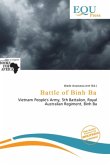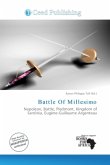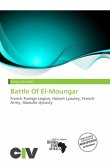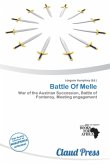Please note that the content of this book primarily consists of articles available from Wikipedia or other free sources online. Following the victory of Communist forces in the Battle of Binh Gia earlier in the year, the North Vietnamese leadership in Hanoi decided to intensify their war effort in order to defeat the American-backed Government of South Vietnam. The North Vietnamese war effort received a major boost in the first half of 1965, when the Soviet Union and the People's Republic of China stepped up the delivery of military aid, which included the deployment of military specialists and other personnel to train North Vietnam's armed forces. The North Vietnamese decision to intensify the war culminated in the Summer Offensive of 1965, which aimed to destroy the regular divisions of the Army of the Republic of Vietnam (ARVN) in large-scale battles, and pin down the elite units of the ARVN strategic reserve. In Quang Ngai Province, South Vietnam, the National Liberation Front (commonly known as the Viet Cong) kick-started their summer campaign by attacking elements of the ARVN 51st Infantry Regiment during the early hours of May 29, 1965. In the days that followed, the National Liberation Front destroyed an entire ARVN Task Force to mark a successful start to their summer campaign.








